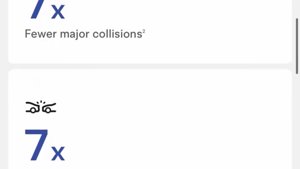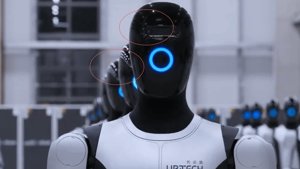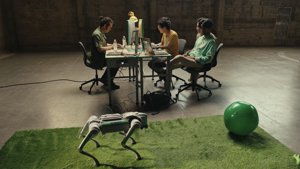If you’ve been tinkering with robotics and have a burning desire to win your very own humanoid, listen up. REVEL and NVIDIA Corporation have officially kicked off registrations for what they’re billing as the “world’s largest Physical AI Hackathon.” With a prize pool exceeding $100,000, the organizers are dangling some serious hardware, including a literal humanoid robot as a grand prize. Because who needs a coffee maker when you can have a bipedal companion?
The multi-month event, running from December 15, 2025, to the end of February 2026, is structured to attract talent from all corners of the robotics world. With Pro, Amateur, and Junior tracks, everyone from seasoned industry teams to high school clubs can compete. The entire competition is built on NVIDIA’s formidable robotics stack, with challenges designed to be tackled first in NVIDIA Isaac Sim, a simulation platform built on Omniverse, before real-world validation. The challenges will cover everything from manipulation and perception to “agentic control,” and will even feature modular tasks from The LEGO Group and LEGO Education, presumably to ensure the next generation of roboticists knows their way around a brick separator.
Beyond the headline-grabbing humanoid, the prize list is a robotics engineer’s dream. Top winners can expect to snag RTX 6000 Blackwell GPUs, Jetson Thor developer kits, and various robotic manipulators. The winning teams will also be flown to San Jose, California, for a prize ceremony just before NVIDIA’s GTC conference in March 2026. The stated goal is to “train the workforce that never sleeps,” which is a comfortingly dystopian way of saying they’re building a talent pipeline.
Why is this important?
This isn’t just another coding competition; it’s a strategic ecosystem play by NVIDIA. By centering the hackathon on its Omniverse and Isaac Sim platforms, NVIDIA is embedding its tools with the next wave of robotics talent, from students to professionals. The “simulation first” approach reinforces the industry-wide shift toward using digital twins to de-risk, accelerate, and lower the cost of robotics development. It’s a massive, gamified recruitment and training exercise designed to establish its software and hardware as the undisputed standard for the future of physical AI.




